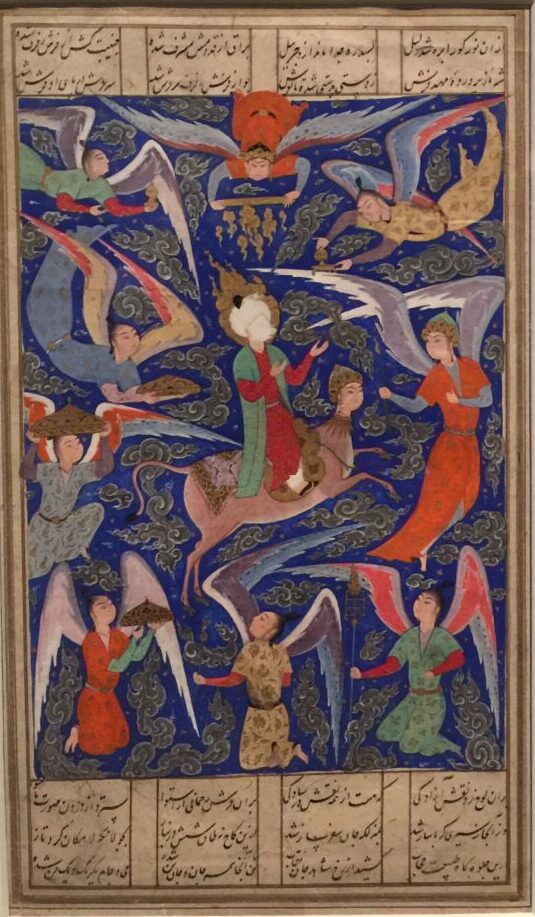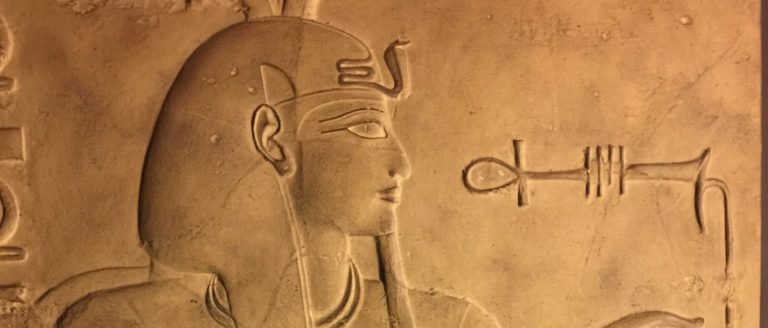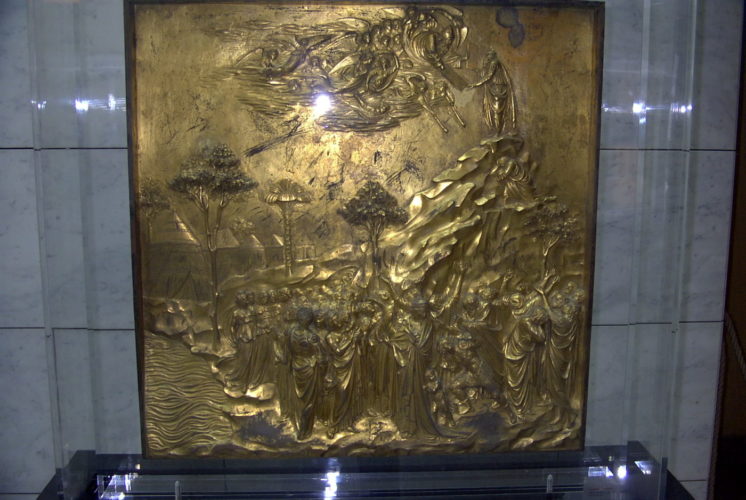Mecca, like North Korea, is a destination many of us will never experience, unless you happen to be Muslim. During one of my earlier careers, I made it to Jeddah and Riyadh, Saudi Arabia. The time was 1979-1981, when American hostages were being held in the Teheran Embassy, the term “saber-rattling” entered our political lexicon, and French SWAT teams flushed radical Islamists from the tunnels under the Grand Mosque in Mecca. It was an interesting time to learn about the cultures and contradictions of the Middle East. That is when I realized it would take more than casual scholarship or reasonable discourse to really understand the issues of the Arab-Israeli conflict. We need to find expert witnesses with true depths of understanding and experience to help us.

In my articles for the Holy Lands Cruises section of Cruisereader.com, I have identified a number of books I have found to be very insightful. To these, I would now add, Mecca: The Sacred City
, by Ziauddin Sardar, published in fall, 2014. Sardar recounts the history of the iconic Muslim destination with an extremely readable style. The hardest part is keeping the names straight. But the points he makes are pretty easy to grasp.
The spiritual significance of the Valley of Mecca begins with the temporal patriarch of the Judeo-Christian-Muslim heritage, Abraham. The book’s chronology places this event between 1800 and 1600 BCE. Abraham abandons his concubine and child in the waterless dessert and returns to discover they have survived and thrived. So, he and his son, Ishmael, built a small house of worship to honor God. An angel provides a black stone resembling obsidian as a focal point for the structure. Thus was founded the pilgrimage site of the Kaaba with the Black Stone.
Thanks to trade routes from India, the pilgrimage site prospered from every traditional industry related to fleecing pilgrims that continues to exist today. For over two thousand years, believers brought spiritual hope to Mecca and met with cold-blooded capitalism. Then, Muhammad arrived.
Muhammad’s ministry of God-fearing spirituality, tolerance, and community actually bears some resemblance to the messages Jesus was teaching 600 years earlier. His recitation of the Kuran, (above), was intended to provide a moral and spiritual compass for nomads in a hostile environment.
While Muhammad was more successful than Jesus at defeating his detractors, he was not long gone when the Meccan establishment reasserted their normal modus operandi. Sardar describes in entertaining detail the next 1400 years of Muslim and World history as played out in Mecca and the Grand Mosque. It is not an inspiring epigraph.
The dessert is a harsh mistress. The Arabian cultures scratched out their living by robbery, murder, and particularly gruesome punishments. These traits have been incorporated into the Islamic culture, sometimes in spite of everything Muhammad said. At the same time, it is important to understand that the major Sunni-Shia rivalry we read about in the Western Press, is just a simplification of the layers of historic antagonisms that exist throughout the Muslim Middle East.
Sardar also documents the several aspects of fundamental religious philosophic calcification that have persisted over time, with the Saudis and the Wahhabis being just the most recent versions. It doesn’t give you much comfort that reasonable discourse is ever going to be possible between Western and Islamic cultures.
This is an important book. It is a comprehensive review of Islam from the perspective of an Islamic scholar. I encourage everyone interested in participating in the inevitable political discussions that swirl around the issues of the Middle East to read Mecca: The Sacred City
.










